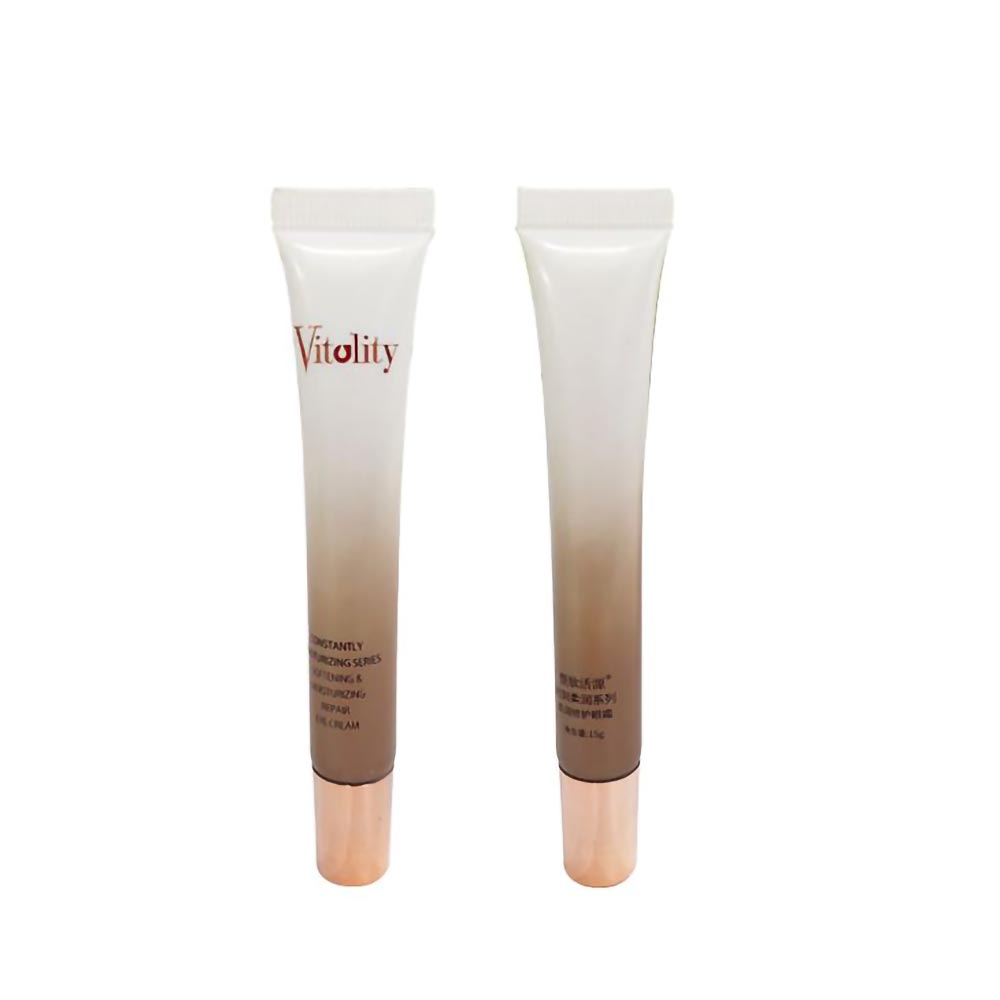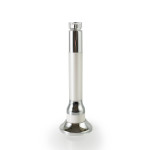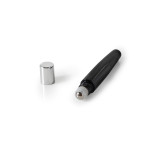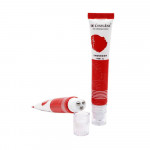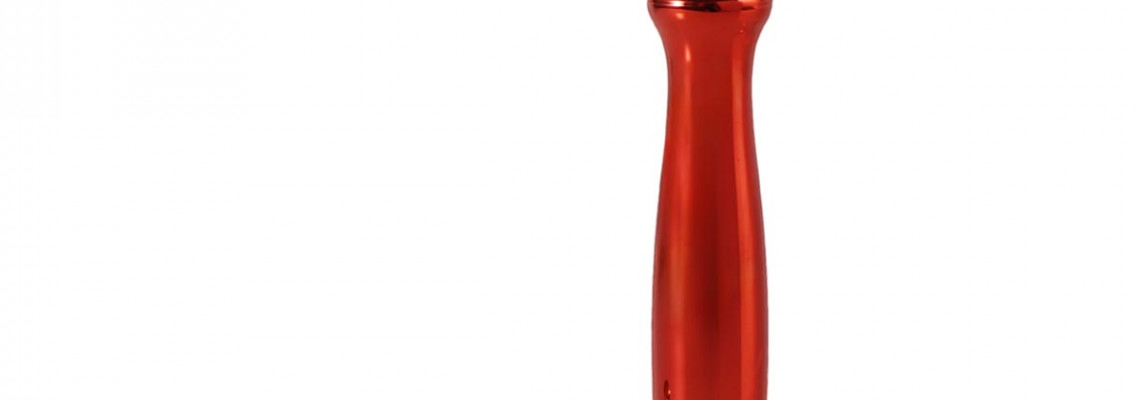
Introduction
The packaging industry is witnessing a surge in demand for personalized solutions that not only cater to functional needs but also enhance brand identity. In this blog, we delve into the intricate journey of creating custom eye cream bottles, a niche that melds creativity with precision to meet specific client demands.
Understanding the Client's Vision
Key to any successful design is understanding the client’s vision. This involves:
- Identifying the brand identity and target audience to ensure the bottle resonates with potential users.
- Gathering inspiration from the client, which could include mood boards or existing products.
- Defining key design elements like bottle shape, color palette, and branding details, which set the foundational direction for the project.
Conceptual Design Phase
The journey begins with brainstorming sessions where ideas take a rough shape. Designers sketch multiple versions of the bottle, experimenting with:
- Various shapes and contours to find the most appealing and practical design.
- Different materials and finishes that could enhance the product’s appeal and functionality.
- Early 2D and 3D renderings, which are presented to the client for feedback and further refinement.
Prototyping and Refinement
With a concept in place, the next step is prototyping. This phase is crucial for:
- Translating digital designs into physical samples using technologies like 3D printing.
- Engaging with the client to refine designs based on their feedback and real-world handling.
- Iterating designs to perfect the aesthetic and functional aspects of the bottle.
Packaging Design Integration
The bottle design must harmonize with its packaging counterparts—labels, caps, and secondary packaging—to form a cohesive product. This stage focuses on:
- Ensuring design consistency across all packaging components.
- Functional considerations like label space and tamper-evidence mechanisms.
- A user-centric approach to packaging, enhancing both aesthetics and functionality.
Regulatory and Compliance Considerations
Compliance with industry regulations ensures that the packaging not only looks good but is also safe and suitable for its purpose. This involves:
- Adhering to specific standards and regulations pertinent to cosmetic packaging.
- Ensuring labels carry the necessary information and the design complies with safety norms.
- Collaboration with certifying bodies to guarantee compliance.
Manufacturing and Production
Turning a prototype into a mass-produced product involves:
- Choosing the right manufacturing techniques, like injection or blow molding, based on the design and material.
- Managing logistics with production facilities to ensure timely and quality production.
- Implementing stringent quality controls to maintain consistency across the production run.
Packaging and Logistics
The final step before a product reaches shelves is packaging and logistics, which requires:
- Designing secondary packaging that protects and complements the eye cream bottles.
- Optimizing the packaging for logistics to ensure products are stored and transported safely.
- Clear communication with clients about packaging handling and display.
Conclusion
The design process for custom eye cream bottles is a meticulous journey that combines creative vision with practical considerations. It emphasizes the importance of client collaboration and attention to detail to create a product that stands out in the competitive market of cosmetic packaging.
Explore our unique custom packaging solutions to discover how you can transform your product’s presentation.
This journey from concept to creation is not just about meeting needs but about exceeding expectations and setting new benchmarks in the cosmetic packaging industry.








